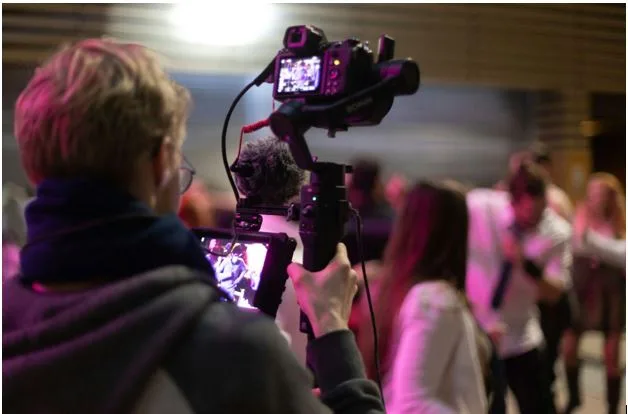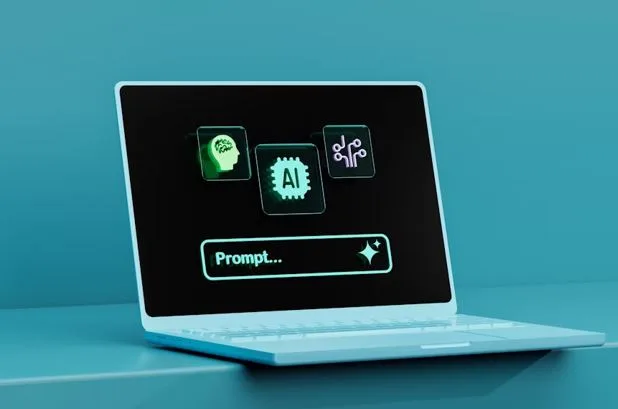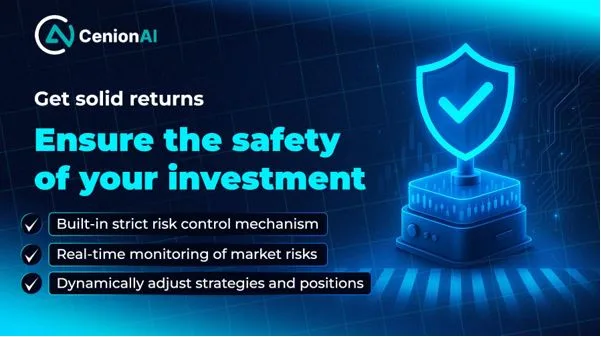Matthew Carluccio: The Essential Multimedia Journalism Skills for the Modern Reporter
Journalism has undergone a dramatic transformation, driven by the digital era, audience demands, and the blending of traditional and emerging storytelling techniques. Today’s journalists are expected to be agile, tech-savvy, and visually literate—capable of producing content across multiple formats while maintaining ethical standards and editorial integrity.
From shooting and editing videos on a smartphone to designing data visualizations that make complex topics accessible, Matthew Carluccio notes how the modern reporter juggles a wide array of skills. Collaboration and workflow management tools have become just as essential as notepads and microphones once were. Amidst this shift, social media platforms are no longer just distribution channels; they are integral to sourcing, publishing, and engaging with the public in real time.
Changing Demands of the Newsroom
The role of the journalist has expanded beyond traditional reporting. Newsrooms now expect reporters to create content that works across digital platforms, from websites to social media feeds. This shift has made it essential for journalists to be comfortable working with multiple formats, including text, video, and interactive elements.
Multimedia storytelling has become an expectation rather than a specialized skill. A reporter covering a protest might write a breaking news story, post live updates on social media, record short video clips, and later contribute to a podcast episode. These evolving demands require adaptability and a broad skill set to keep up with the pace of modern news cycles.
Many journalists are now producing content with a digital-first mindset, thinking about how stories will be consumed on mobile devices or shared across platforms. This often influences decisions about tone, structure, and media elements from the start.
Visual and Audio Production Techniques
Journalists are increasingly expected to produce video and audio content that meets professional standards, even when working with limited equipment. Whether it’s done on a DSLR or just a smartphone, knowing how to frame a shot, manage lighting, and capture clear sound can significantly elevate the quality of a report. Simple editing tools like Adobe Premiere Rush or CapCut allow reporters to quickly assemble clips for online publication.
A field reporter might interview a source on camera, record ambient sounds to add atmosphere to a podcast, and later stitch these elements together to create a multimedia package. This kind of cross-format fluency not only enhances storytelling but also increases audience engagement across platforms. Ethical considerations also play a role—understanding copyright laws and securing consent is critical when using recorded material. Even subtle editing choices can influence how a story is perceived, making editorial judgment a key part of the production process.
Clear audio and clean visuals can often determine whether a story resonates or falls flat. A compelling quote captured with crisp sound or a well-lit video clip shared on social media can extend a story’s reach far beyond its original platform. These elements also help shape the brand identity for freelance journalists or news outlets alike.
Photography and Visual Literacy
Strong visuals can define how a story is remembered. A single image from a natural disaster, political protest, or human interest story can shape public perception and emotional response far more effectively than words alone. Reporters who know how to compose impactful photos, write accurate captions, and apply ethical judgment in choosing imagery hold a distinct advantage. Lighting, perspective, and timing all contribute to the emotional tone of a photograph.
Being visually literate means more than taking a good photo—it also involves understanding how images interact with written content and influence interpretation. Visuals must be truthful, respectful, and contextually appropriate. A poorly framed or misleading image can erode trust just as quickly as a factual error. Readers often form their first impressions based on an image, underscoring the stakes of visual accuracy.
Digital Tools and Social Publishing
Social media has transformed how journalists report and connect with audiences. Live-tweeting events, sharing behind-the-scenes previews, or addressing breaking news on platforms like X or TikTok allows for real-time interaction and builds trust with readers. Reporters today often tailor their content to fit the expectations and limitations of each platform, whether it’s a vertical video on Instagram or a threaded explainer on Threads.
Content management systems have also streamlined the publishing process. Journalists no longer rely solely on developers to push stories live. With platforms like WordPress or custom newsroom tools, reporters can publish directly, embedding multimedia and optimizing for mobile readers. The ability to adapt content for both desktop and mobile is no longer optional—it’s a core part of digital journalism.
Data Skills and Interactive Storytelling
Understanding how to interpret and present data is now a vital skill in the journalist’s toolkit. Data-driven stories offer depth and credibility, especially when they include interactive charts, maps, or visualizations that let readers explore the information themselves. Tools like Datawrapper or Flourish make it easier to turn raw numbers into compelling visuals that enhance the narrative. These visualizations often help explain complex topics in a way that text alone cannot.
Accuracy is paramount when working with data. One miscalculation or misleading axis can damage a story’s integrity. A journalist covering housing trends might pull data from public records, clean it using spreadsheets, and then visualize rent increases across neighborhoods. When done well, this kind of reporting not only informs but empowers readers to make decisions based on transparent evidence.
Workflow and Collaboration in Modern Journalism
Collaboration is now embedded in the reporting process. Journalists often work across departments—pairing with designers, developers, or audience engagement teams—to deliver cohesive multimedia projects. Tools like Slack, Trello, and Google Docs help teams stay connected, especially in remote or hybrid newsroom settings. The ability to manage multiple moving parts has become just as critical as writing a compelling headline.
Working under deadline pressure demands speed and coordination. A breaking story might require real-time updates from the field, edited video from a producer, and social media posts crafted by an engagement editor—all within the same hour. Effective communication and project management ensure nothing falls through the cracks. These workflows often determine whether a newsroom can meet the demands of today’s 24/7 news cycle.





